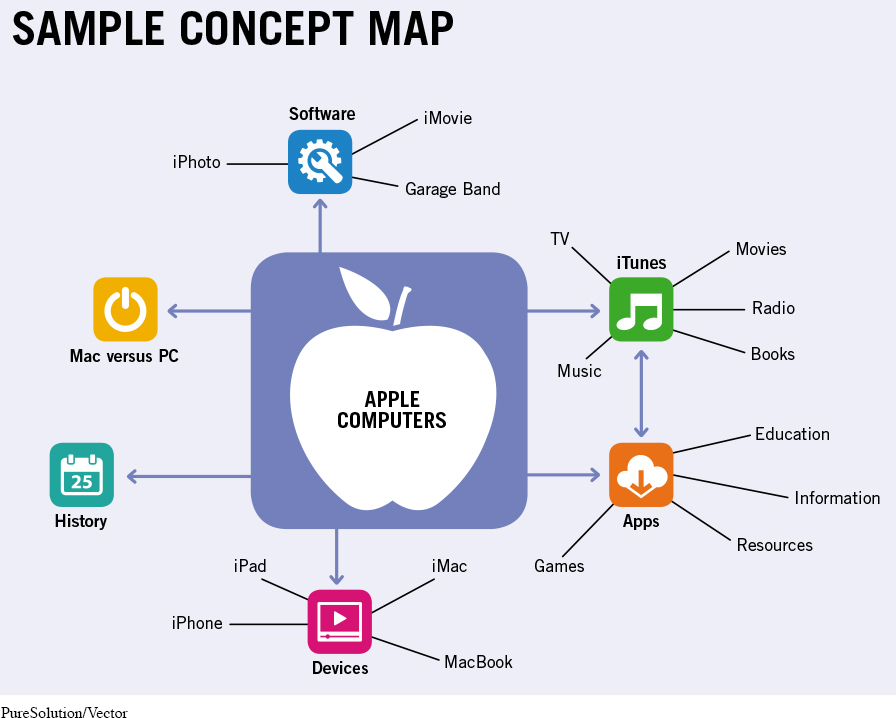Considering Speech Topics
Once you know the general purpose of your speech, it’s time to choose your speech topic—the specific content you will present. In your course, the instructor may allow you to select a topic appropriate to the assignment. When you give a speech outside the classroom, the setting usually determines your topic. If you are invited to speak to student groups about competent conflict resolution, your topic is defined by the invitation; you can’t show up and talk about how to design mobile apps instead!
When you have the freedom to choose your own topic, the choice can seem overwhelming. So how do you decide what to talk about? With some careful thought, you can come up with a topic that both interests you and will engage your audience. Let’s explore three ways for coming up with topic ideas: reflecting on your personal interests and experiences, brainstorming, and developing a concept map.
Interests and Experiences. One of the first things to think about is what interests you. If you have a passion for a certain hobby, cause, or subject, that is a great place to start. Also consider personal experiences, such as vacations, jobs, or volunteer work. One of our students worked as a limousine driver and used his experience to prepare a speech on when and how to properly tip service workers.
Other ideas for speech topics can be drawn directly from your academic studies. For example, perhaps you learned about eating disorders or social media addiction in a psychology course. Your speech assignment provides the opportunity to share this information with others.
Basing a speech topic on personal interests and experiences has some advantages. Your direct involvement gives you credibility with your audience and opportunities to tell engaging stories. If you feel passionately about your topic, you are more likely to inspire your audience. After all, when audience members see you excited about an issue or a hobby, they can’t help but feel curious and interested, too.
Brainstorming. Brainstorming is a creative problem-
Concept Map. Another way to explore ideas is by creating a concept map: a drawing showing connections among related ideas. A concept map helps you expand on one idea with more specific topics. (In contrast, brainstorming helps you generate multiple ideas.) If you came up with a broad topic that interests you during brainstorming but are having trouble narrowing it down, a concept map can help you be more specific. For instance, if you’re interested in giving a speech about computers, your concept map may look something like Figure 13.1.
